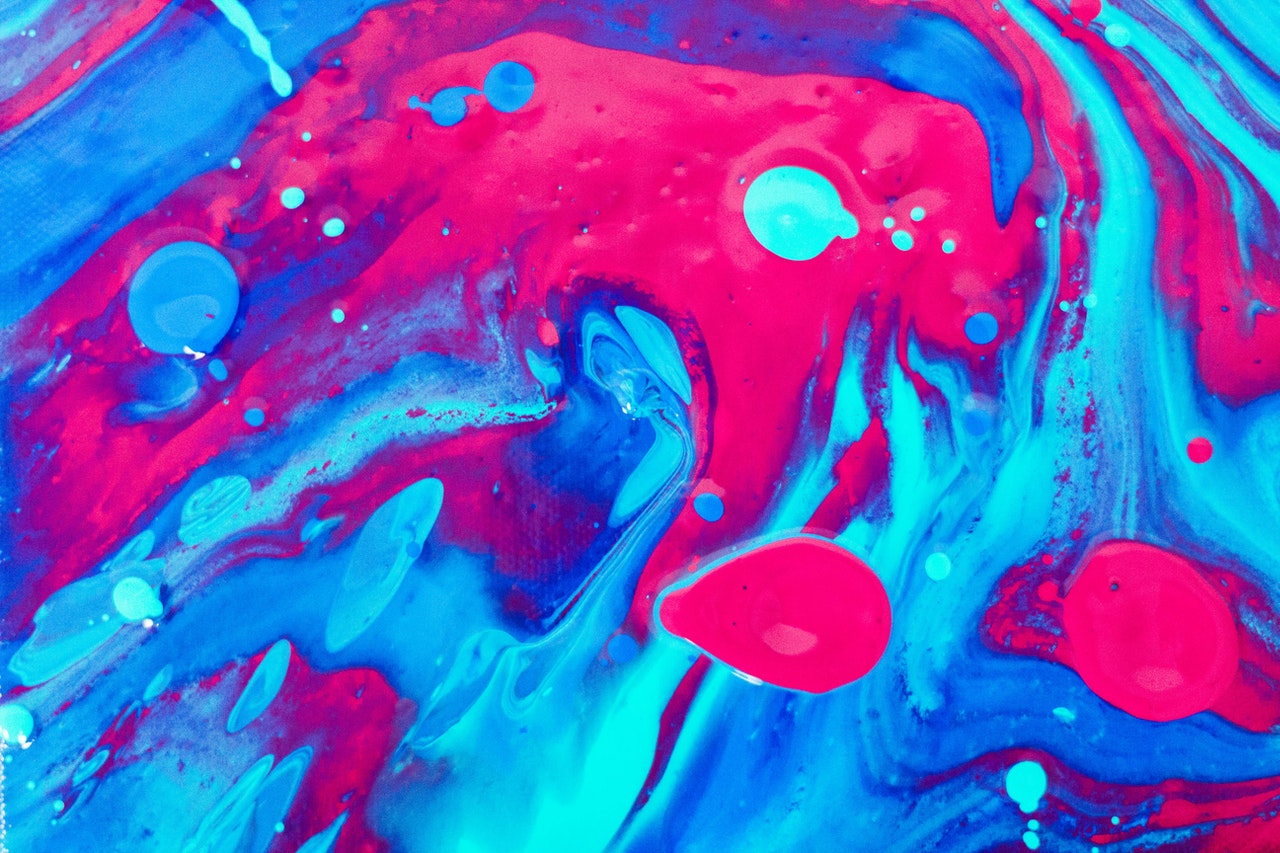Art has been evolving continuously for Millenia, but progress has undoubtedly sped up over the last few centuries. The first cave paintings we have found are an astonishing 40,000 years old, and whilst it is likely that some form of sculpture also dates back this far, we have yet to find anything which proves such a suspicion.
When we talk about the style of a particular artwork, we are usually referring to the underlying elements that control the structure and content of a finished piece. As far as most 2D art is concerned, it is relatively simple to group artworks together into a small number of categories which share distinct, yet common features.
It is these categories – or styles – of art which we will be discussing today.

Impressionist
We will start with impressionist (or impressionism) which is sometimes described as having been the first “modern” style of painting. The first impressionist pieces were created in France during the 1860s, but the style quickly spread throughout the rest of Europe before travelling across the Atlantic and becoming popular throughout the United States.
Whilst many earlier art styles focused on reproducing the world as accurately as possible, impressionism sprung up at a time when photography had already been demonstrated many years earlier. The advent of this new technology could have been responsible for the notable change in direction seen during the impressionist era – if photographs could now reproduce the world without the effort of painting, artists needed to do something more if they wanted to stay relevant.
Impressionism was one of the results of this change in thinking, along with the first known instances of mixed media artwork. Although those earlier examples were much less intricate than those being produced today (such as SN’s art, for example), it is still fascinating to see how artists responded when they learned that their profession was seemingly under threat from photography.
As for what impressionist art actually “is”, the term is generally used to describe works which place greater emphasis on the use of light, brushwork, and contrast, than on accurately reproducing what the artist can see. For example, some objects might be lit in an unrealistic manner, such as red trees which contrast sharply with a blue sky, to allow them to appear more vibrant than usual whilst still appearing to be realistic.
Realism
Before impressionist artwork became popular, most artists would focus their works on remaining as true to the world around them as possible. Realist artwork is easy to identify, and we have found numerous examples from every century dating back to around 1,200AD – 1,300AD. Unfortunately, canvas does not last forever and the modern technologies we use to preserve artworks were obviously not available a thousand years ago. Because of this, the number of confirmed pieces created before roughly 1,200AD is much lower.
Though realism doesn’t need much further explanation, it should be noted that many early examples of realist artwork would be described as “hyperrealism” today. This is because artists would often use trickery to exaggerate the depth and composition of their work, with the aim of making the finished piece appear more “real” than what they were seeing.
Expressionist
Often seen as a form (or extension) of romanticism, expressionism is often highly intense and unnatural. This style began gaining recognition around the beginning of the 20th century and is regularly described together with fauvism, another style which has several similar characteristics but many differences as well.
Several of the most famous expressionists were seemingly fond of sharing the worst parts of their lives in the big cities of the day. Their paintings would use free brushwork, strong textures, and often appear to have an emotional or mystical quality to them.
Abstraction
The term “abstract” was first used to describe artworks which depicted a subject entirely as the artist imagined or interpreted them, rather than focusing on obvious visible detail. In its most modern form, abstract art is generally defined as artworks which do not depict anything real whatsoever – they are not intended to represent a particular person or place in any way.
This is a concept which many people find it hard to conceptualize but is very easy to understand once you have viewed a handful of abstract pieces for yourself. Abstract art will often use irregular shapes and forms in a variety of different colors, with many artists seemingly trying to gain the lead over one another by creating something even more reminiscent of nothing whatsoever than those who came before them!
Graffiti
We finish with the most modern artform discussed on this page, and one that is still evolving and finding its place within the world of modern art. Sometimes described as “urban art” or “street art”, graffiti is usually created using spray paints on outside walls.
This style of art began with simple “tagging” where an artist would write their name in some unique way, before developing into something much deeper and more sophisticated. Today, graffiti is regularly used to express political or social dissatisfaction by those living in a particular area or state.
The underlying messages of many pieces of graffiti are not always obvious, with some artists preferring to be subtle in the hope that their work will survive a little bit longer before being scrubbed away by city officials. Though many pieces of graffiti do not last long in their original form, it has become standard practice for such works to be photographed so that they can be shared and discussed long after the original has disappeared.
